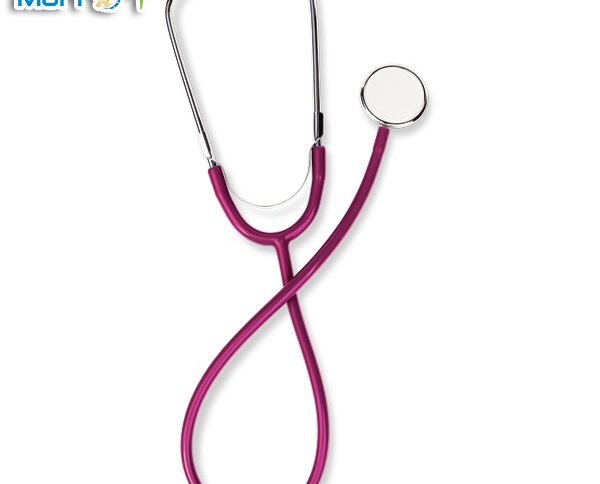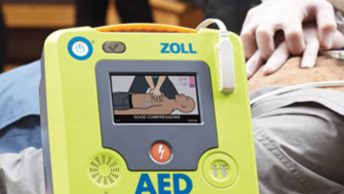Stethoscopes are versatile medical instruments commonly used by healthcare professionals for various purposes. Here are five primary uses of a stethoscope:

- Cardiac Auscultation: One of the most common uses of a stethoscope is to listen to the sounds produced by the heart. Healthcare providers use the stethoscope to auscultate the heart sounds, including normal heartbeats, abnormal heart murmurs, and other cardiac abnormalities. This helps in diagnosing various cardiovascular conditions such as heart valve disorders, arrhythmias, and heart failure.
- Pulmonary Auscultation: Stethoscopes are also used to listen to the sounds of the lungs and airways during respiratory examinations. By placing the chest piece of the stethoscope over different areas of the chest, healthcare professionals can detect normal breath sounds, abnormal lung sounds (such as crackles, wheezes, or rhonchi), and assess respiratory conditions like pneumonia, asthma, or chronic obstructive pulmonary disease (COPD).
- Blood Pressure Measurement: Stethoscopes are an essential tool in measuring blood pressure using a sphygmomanometer (blood pressure cuff). After inflating the cuff around the patient’s arm, healthcare providers use the stethoscope to listen for the Korotkoff sounds, which indicate blood flow through the arteries as the cuff is slowly deflated. This technique allows for accurate measurement of systolic and diastolic blood pressure.
- Abdominal Auscultation: Stethoscopes can be used during abdominal examinations to listen to bowel sounds and assess gastrointestinal function. Abnormal bowel sounds (e.g., absent, hypoactive, hyperactive, or tinkling sounds) may indicate gastrointestinal disorders such as bowel obstruction, ileus, or gastroenteritis.
- Vascular Auscultation: In addition to cardiac auscultation, stethoscopes can be used to listen to blood flow in peripheral blood vessels. This can help healthcare professionals detect abnormal vascular sounds (e.g., bruits) that may indicate narrowed or obstructed arteries, vascular malformations, or aneurysms







